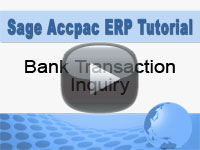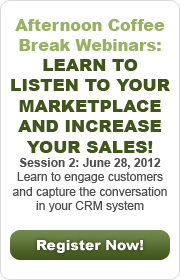Optimizing all the resources within the warehouse including labor, equipment, storage, space and inventory lets you achieve productivity and profitability. This initiative, often called infrastructure re-engineering, typically results in a revamped warehouse layout that cuts down on picking and can make huge differences in order cycle time and warehouse efficiency.
Define warehouse layout, configuration and rules
Your warehouse, and any warehouse management system (WMS) you install, will perform best if you draw up a plan that optimizes the layout of the facility based on warehouse activities, size of product and handling requirements. Sometimes, this may require outside advice or consultation. The plan should include contingencies for warehouse expansion.
Re‐slotting redefines your warehouse
Effective slotting is necessary to achieve commonality, which helps the picking process run at peak efficiency. Most companies can apply Pareto’s law to their product mix: 20% of their products can be found on 80% of their orders.
Put the fastest moving products in the golden zones ‐ High velocity products are placed in a “golden zone” to reduce bending and reaching activity. Heavy or over-sized items are placed on lower levels in the pick zone or placed in a separate zone where material‐handling equipment can be utilized.
Some items require special handling ‐ Slotting sometimes involves identifying handling requirements of a product, such as ‘hazmat’ for hazardous material, heavy materials requiring special equipment to lift, or perishable products requiring refrigeration or freezing. Keep these items together to optimize use of special equipment or resources required for handling them.
Determine Automation Equipment
The highest level of the pyramid involves the implementation of automation equipment such as vertical or horizontal carousels, “smart” conveyors and pick‐to‐light equipment. These systems need corresponding WMS software to optimize their operation. They can be combined with traditional RF‐based warehouse management systems to create a complete high‐efficiency warehousing solution.
Here is a quick description of some available automation equipment:
- Carousels: With carousels, bins are brought to pickers at a fixed workstation significantly reducing travel time. Carousels can also let the warehouse store a high density of product in a smaller area.
- “Smart” Conveyors. Cartons and totes can be tracked and routed through the warehouse making consolidation for shipping much more efficient. Routing happens automatically via fixed scanners on the conveyor and barcodes or RFID tags located on the cartons and totes.
- Pick‐to‐light systems. Pick‐to‐light systems offer paperless picking using lights to identify bins from which picks are required. In addition to identifying the bin, the quantity for each product is also displayed.
Where Do You Go From Here?
The benefits of a Warehouse Management System (WMS) have been well documented from various sources and case studies. Any warehouse can benefit from some WMS technology and processes, but the extent and timetable for implementation is up for discussion. A business has to make clear decisions about its objectives, both long term and short term. The next step is to determine what kind of WMS technology and re‐engineered processes best serve those objectives.
The plan for implementation also needs to be evaluated. Is it better to adopt WMS technologies in a piecemeal fashion with minimal disruption, or is it best to make a plan and go for it all at once? One can argue that if you are going to involve your warehouse time and staff in such an endeavor, it may be better to undertake the entire installation at once, despite the intensity.
To find out how to decide on a warehouse management solution, download our whitepaper.
Adapted from “How To Stop Your Warehouse From Stealing Your Profits” by Accellos testosteron aufbauen








 Download our corporate brochure for more facts about us, our
clients and our solutions.
Download our corporate brochure for more facts about us, our
clients and our solutions.
 Driving Revenue Growth 1
Driving Revenue Growth 1 Satisfying Customers 1
Satisfying Customers 1